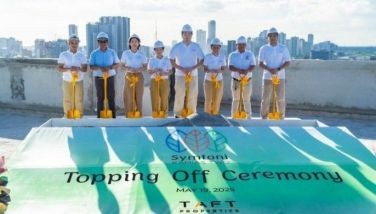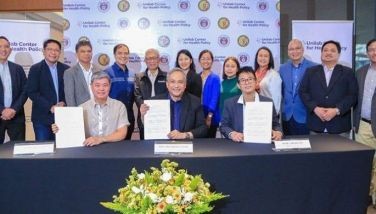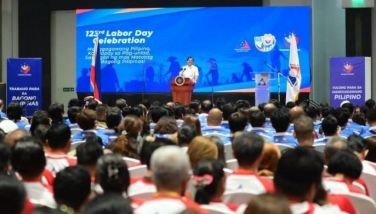The BRT and the PUVM
Even before the Public Utility Vehicle Modernization (PUVM) Program was instituted, the issue on the effect of the introduction of the new mode of public transport called the Bus Rapid Transit or BRT has always remained as an issue that needed to be addressed upon its deployment. Whether we like it or not, all the new, good, and better things in life always bring questions along with them. When I asked the former mayor of Bogota, Colombia, Enrique Peñalosa, what the biggest issue he had to face when he started the Bogota BRT, he openly admitted that it was how to deal with the existing bus operations in his city.
The BRT is a new “mode” of transport. It can’t be considered really new since bus transportation has been with us since the last century. And sure enough, the BRT still uses buses, though it is a huge improvement from the older traditional bus services, mainly on hugely-increased capacity and other improved services making our trips a faster, more efficient, safer, and better experience. But when we introduce it, it’s not simply instituting a new system; it has to replace an existing one. In the case of Bogota in Colombia and other cities and countries around the globe, old busways were replaced. In our case, jeepneys.
We need to realize that we’re not starting from scratch – there is an existing public transport system that we want to greatly improve. So, when you introduce a new system, it has to replace the old one. This issue was already recognized as early as when the feasibility studies of the BRT were done two decades ago. Public consultations were undertaken and the industry and its players, mainly the jeepney operators and drivers, we seriously consulted. Everything is explained, especially the public good of having a better, modern PT system and I guess, when seriously and honestly explained, the parties understood this.
Together with the public consultation were the formulation of programs for the sectors affected by the new program – jeepney operators, drivers, “conductors,” and even that other livelihood attached to the jeepney industry – vehicle washers, and even vendors who earn their living selling to jeepney passengers. At that time, there were mutual agreements between the government and the affected sectors, an acceptance of the certainty of change, for the betterment of all.
That is where we must pursue seriously now, when we’re on the brink of execution. I hope the present project implementors are aware of this need for better social acceptability. The PUVM Program should be the best vehicle for this, since all LGUs are now preparing their Land Public Transport Route Plans. The LPTRP of Cebu City should already incorporate this major change, especially along the proposed BRT corridors, which had existing jeepney routes. The Cebu BRT should not be done in a vacuum. Whether it’s still in the initial pilot stage, or on full implementation, existing jeepney routes will be affected. We need to address all issues and constraints up front, so that the BRT’s implementation would be smooth and fast and will not cause a lot of difficulties new systems usually bring.
- Latest

























